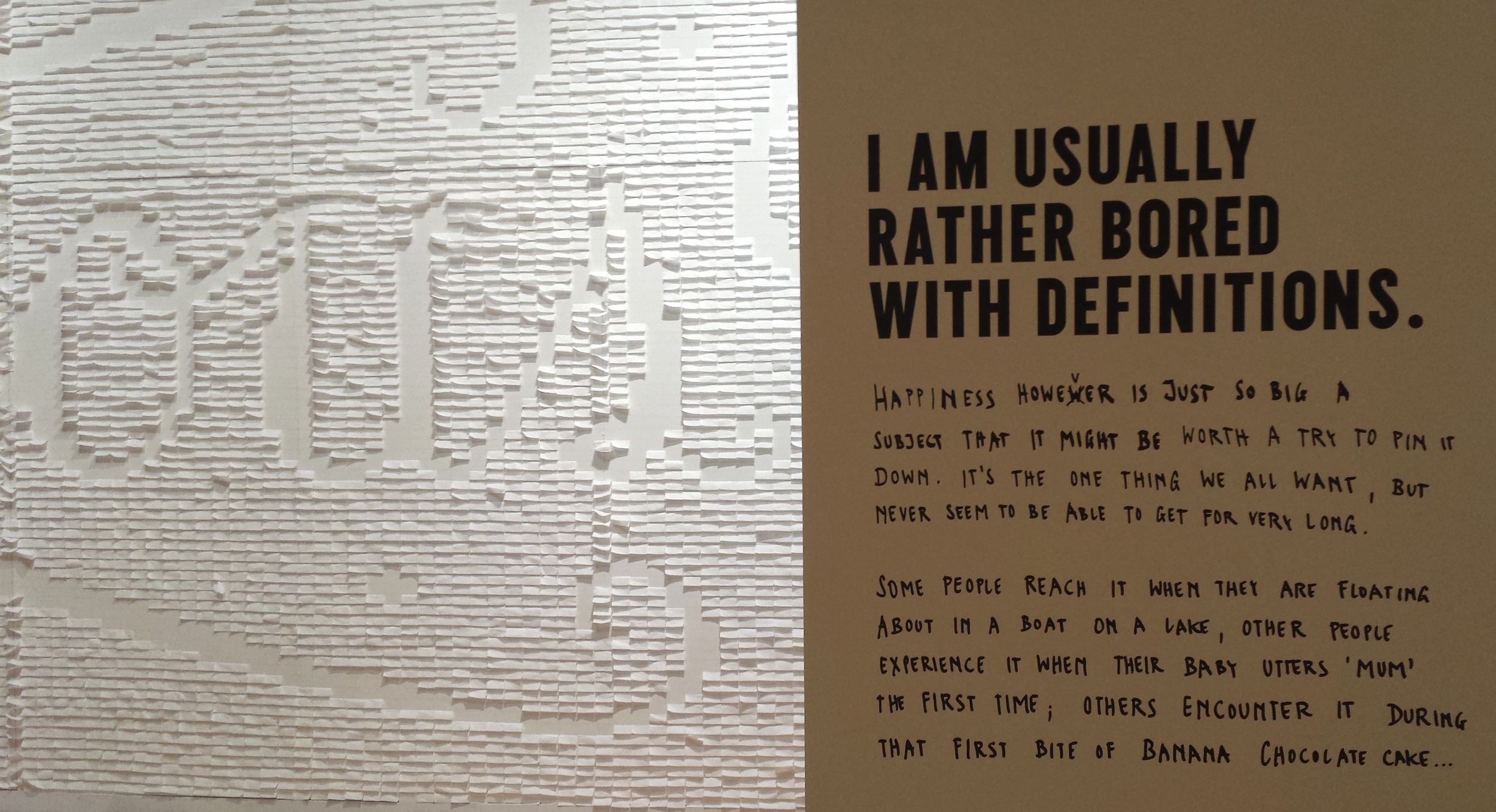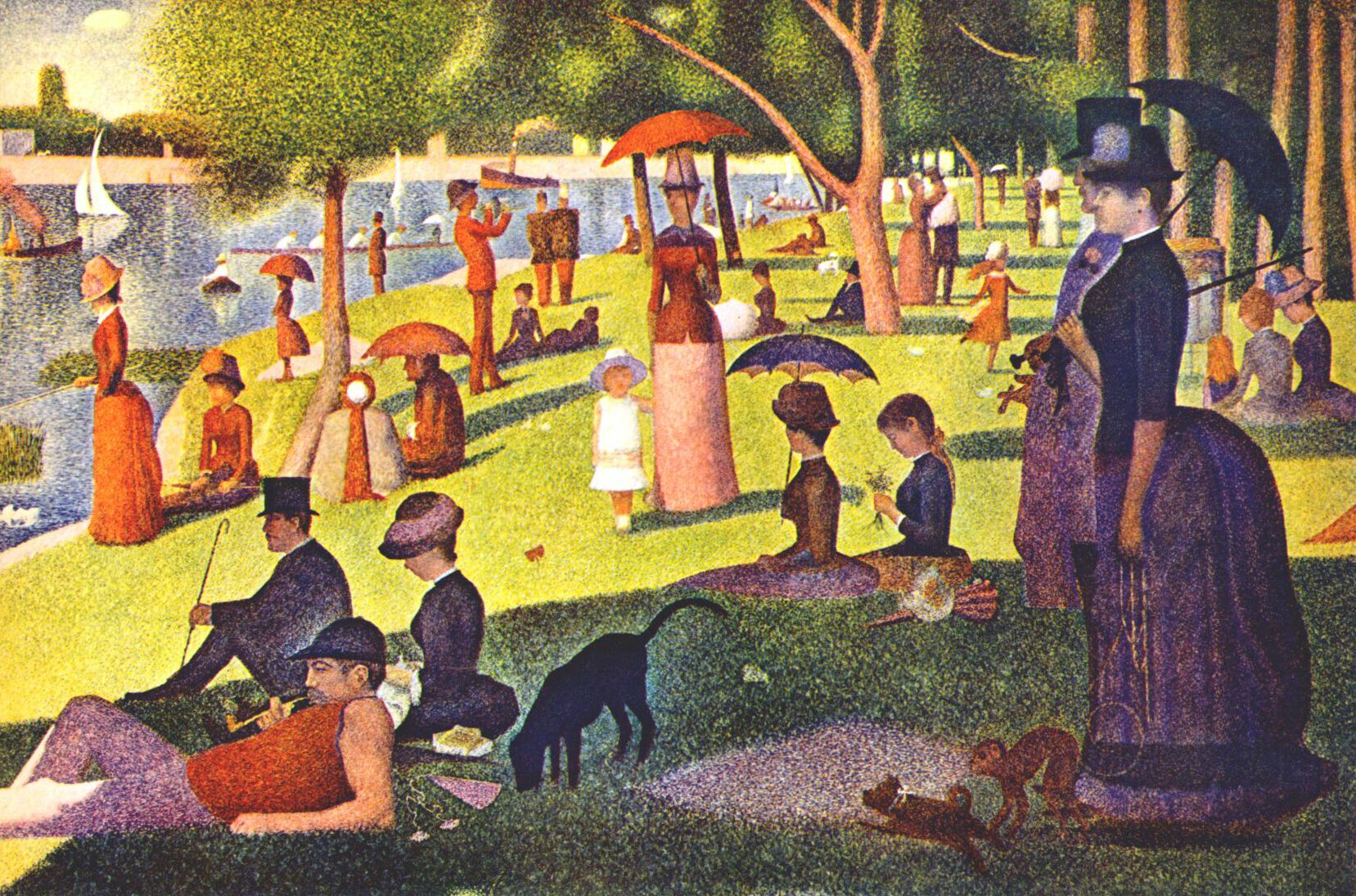a mantra runs through my head every time i see a cat meme, a kanye-kardashian post, a venom-fueled tangerine tirade or coverage of yet another crime scene in chicago.
we are better than this. as a society and as individuals, we don't have to accept the status quo, served up to us in bite-sized fleeting moments of ephemera.
don't get me wrong. i enjoy, even need, a good mindless chuckle on the regular, but it's always fleeting. a temporary moment of escape or denial that ultimately leaves me wanting more. missing something to make sense of the overwhelming madness in this world.
one need only to look around this glorious city of ours to see how creative acts—greats works of art, architecture and design—transcend time, embody the best of human ingenuity, inspire us, anchor us in history while propelling us forward toward future possibility.
the best architecture stands for something: at once grounding us in the physical, the tangible, the aesthetically beautiful, while simultaneously elevating our gaze and thoughts upward, toward our best selves, toward what we couldn’t have imagined possible if it weren’t staring us squarely in the eye.
how do you make the impossible possible? how do you defy gravity? fight the laws of science and physics? artfully layer tons upon tons of iron and steel into a weightless edifice rising stories into the sky? how do you fight fake news and every instinct in your bones that good is now bad and all is lost?
i believe skyscrapers and buildings, they are far more than mere physical structures or monuments to those who designed or commissioned them. they can serve as change agents, connectors, catalysts for good—incredible forces that have the power to change how we experience the world, and each other. how we perceive hope in a hopeless world.
lately I’ve been marveling at how, in this digital world of bytes and bots, analytics and AI, i am increasingly anchored by the opposite. the analog. actions and artifice that take up physical space. things i can see, feel, touch. timeless beauty, that forms an impenetrable barrier against the BS.
the ground is shifting beneath our feet daily. what’s up is left, and red is down. every day there is something new, something wrong, something wretched to contend with.
but comfort exists among the clouds. amidst the sleeping giants and gorgeous facades. examples set by buildings that have weathered countless storms... and withstood the torrent and the test of time.
we, like them, have no choice but to rise above.



























